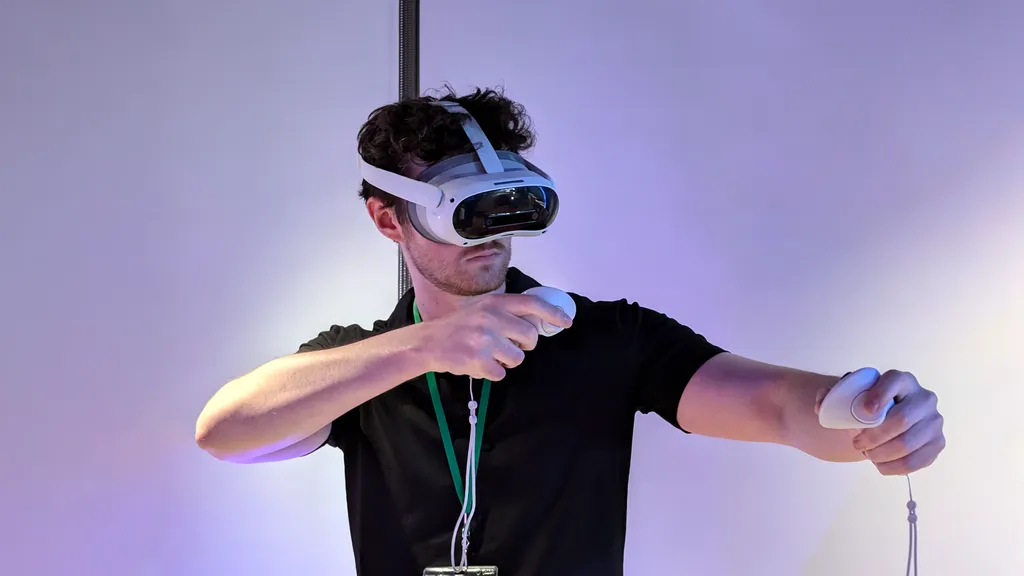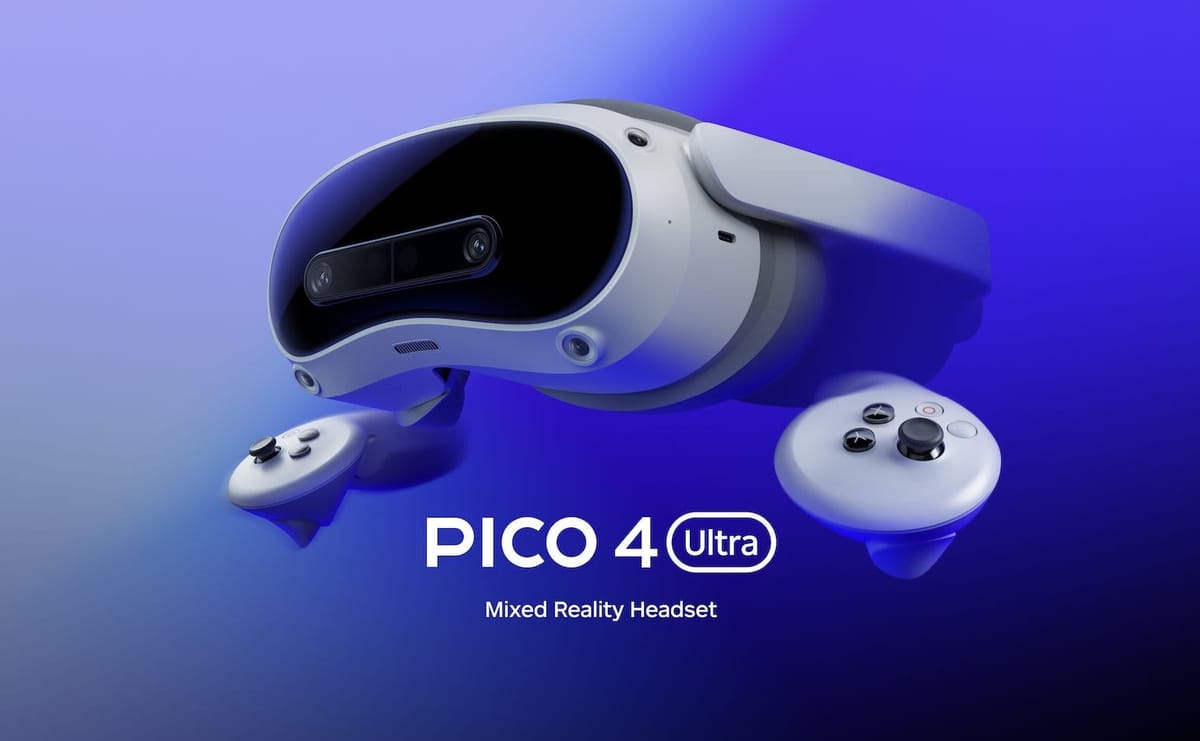I recently went hands-on with Pico 4 Ultra and the Pico Motion Trackers at ByteDance's launch event.
Pico 4 Ultra is the first direct competitor to Meta Quest 3. On paper, it should offer superior passthrough and multitasking, as well as longer battery life. I haven't had nearly enough time with Pico 4 Ultra yet to say anything about the battery, but I can tell you about its passthrough and multitasking capabilities, as well as how its lenses, displays, controllers, and comfort compare.
It's Still Comfortable & Well Balanced
Pico 4 Ultra inherits its predecessor's balanced design, with the battery behind the rear head padding, not in the visor. This allows the visor to weigh 304 grams, compared to the 397 grams of Quest 3, with the battery acting as a counterweight.
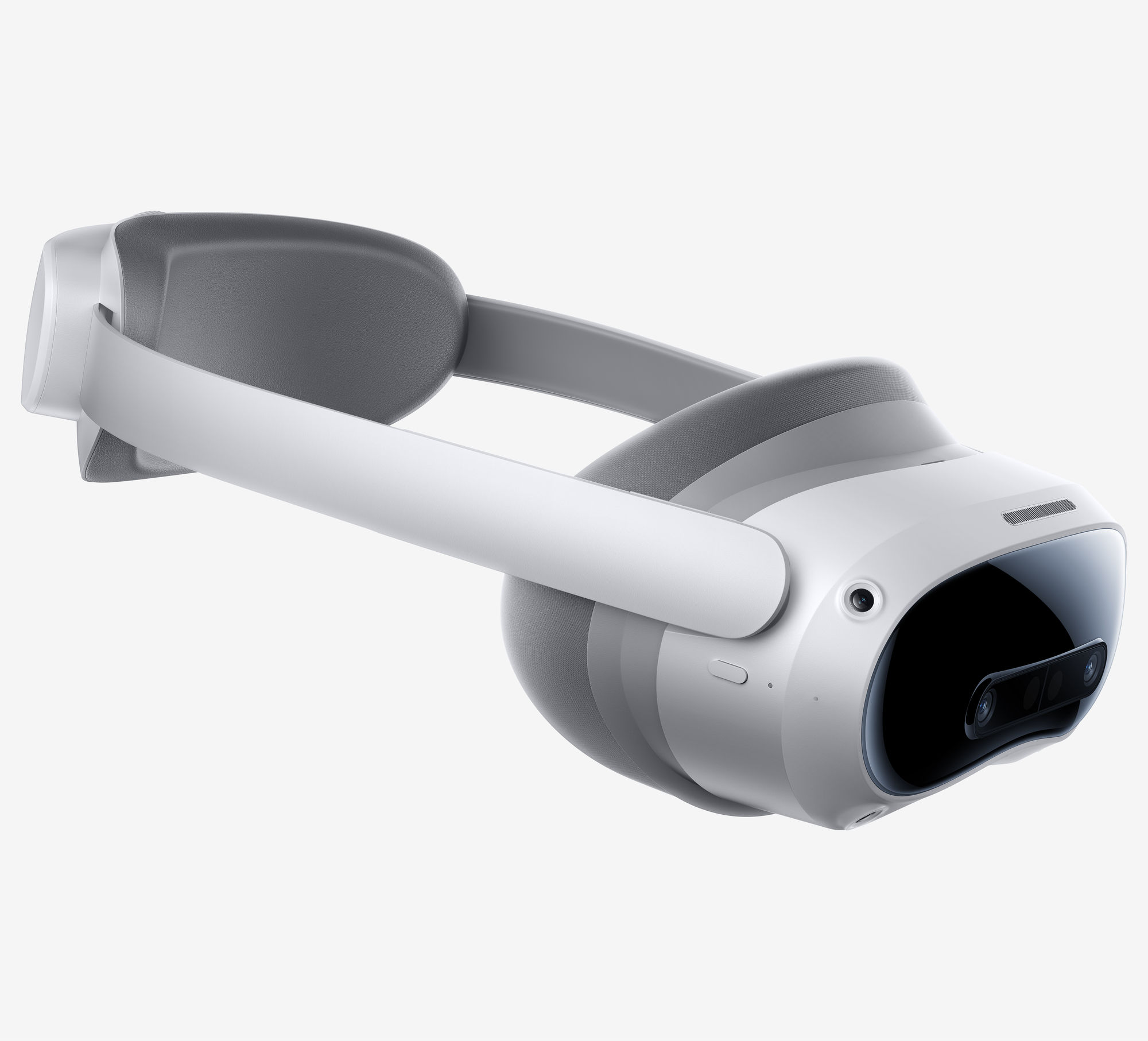
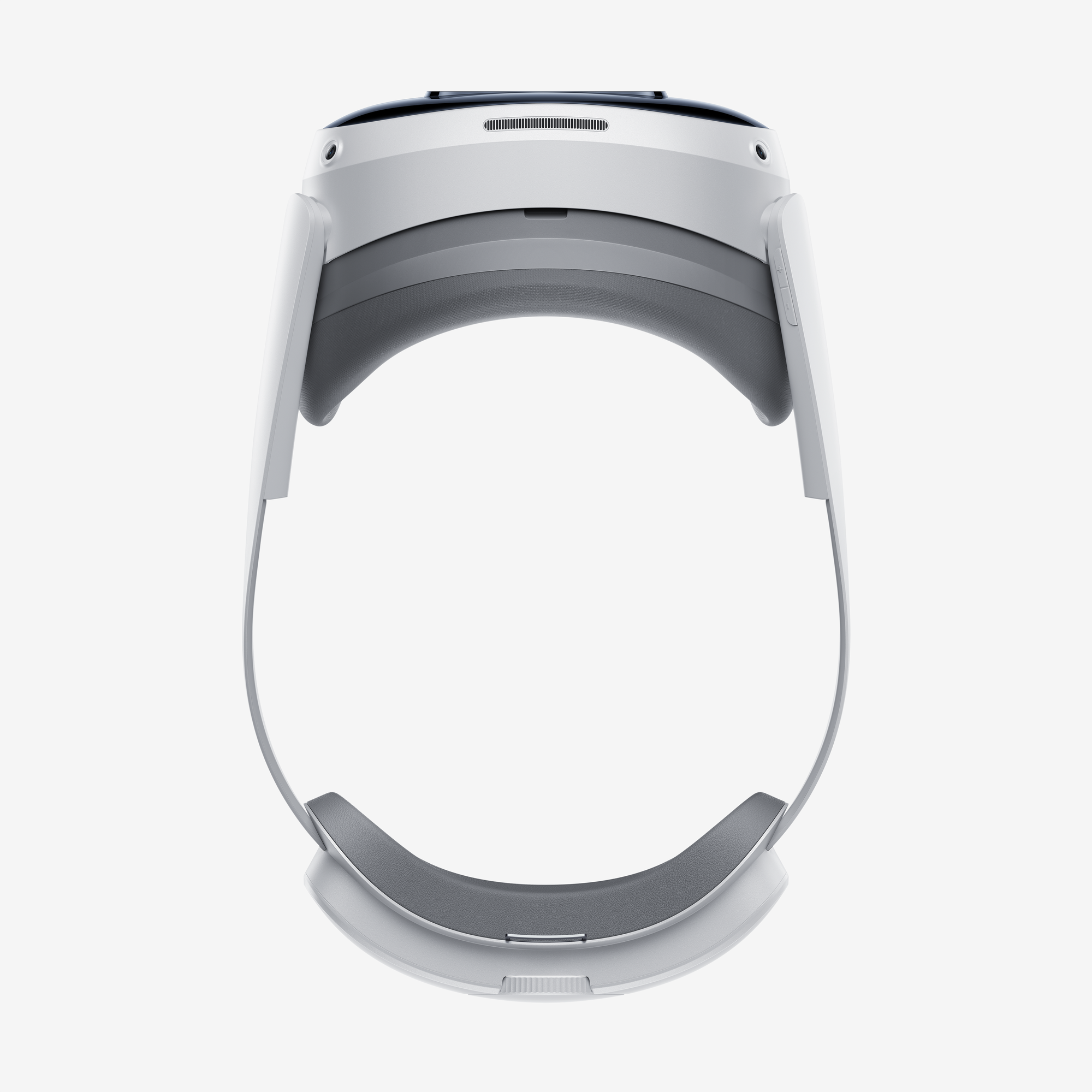
Sure, you can achieve a somewhat similar result on a Quest 3 with the Elite Battery Strap or a third-party alternative, but Pico 4 Ultra has this by default, and without the leftover weight of a front battery.
The result is that Pico 4 Ultra felt comfortable from the moment I put it on. Though I only wore the headset for around 15 minutes at a time in my demo, my time with the original Pico 4 suggests this is a headset you probably won't mind wearing for hours.
Passthrough: Two Steps Forward, One Major Step Back
Perhaps ByteDance's most significant claim for Pico 4 Ultra is that its passthrough is better than Quest 3. Though the company didn't explicitly mention "Meta" or "Quest" at the launch event, when referencing "competing headsets" it listed Quest 3's exact specs, so it was very clear what was meant.
In terms of clarity and sharpness, the level of detail I saw matched what the on-paper specs suggested. Pico 4 Ultra's passthrough has a 14% higher angular resolution, and the result is a slightly sharper image. The lighting in the demo area wasn't great, but I was still able to read relatively small text on paper. I tried to roughly recreate the level of lighting at home after, and found Quest 3's passthrough to be slightly grainier too.
But the more significant improvement I noticed about Pico 4 Ultra's passthrough is that there is no double imaging and little-to-no distortion on moving objects such as your hands, arguably the biggest issues with passthrough on Quest 3. ByteDance says its passthrough solution samples 72 camera frames per second (FPS) in 72Hz refresh rate mode or 60 FPS in 90Hz mode, whereas Meta's seems to sample significantly fewer.
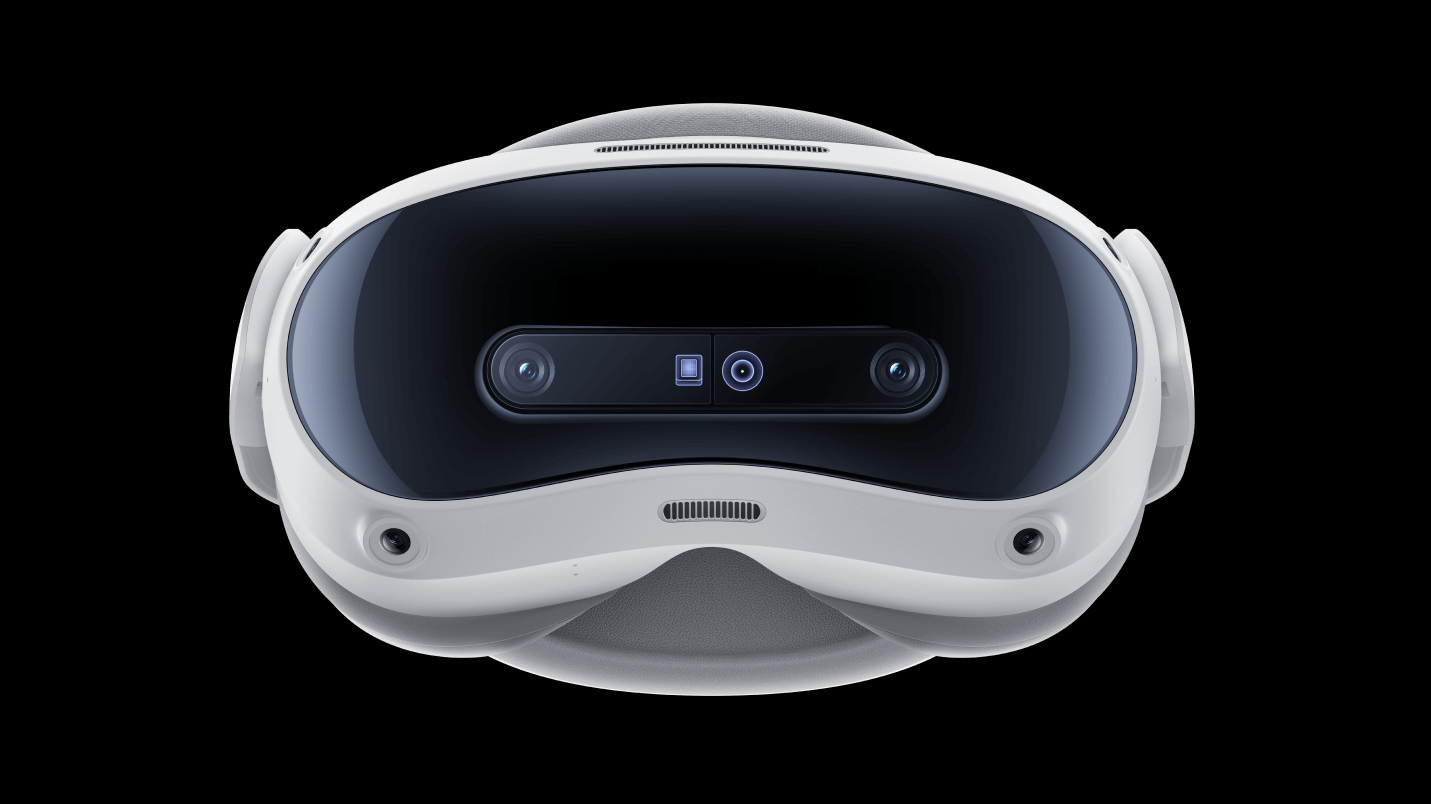
That's because Meta's passthrough is more computationally intensive, and alongside its double imaging and distortion tradeoffs it brings a significant advantage Pico doesn't have: a high degree of depth and perspective correctness. Rotate your head from side to side in Pico 4 Ultra and you'll see the world skew, not remain static. Or walk around and you'll notice the floor itself doesn't seem fully solid.
That's not to say Pico 4 Ultra doesn't do depth correction at all. It appears to only use the scene mesh it generates for this, and unlike Quest 3, it continuously updates the scene mesh, it isn't only captured at setup. But also unlike Quest 3, Pico 4 Ultra isn't reprojecting each camera view based on a per-frame depth map estimation from the headset's perspective, and the depth and perspective thus just don't feel right.
What you also won't find in mixed reality on Pico 4 Ultra is dynamic occlusion. Virtual objects will always appear in front of your hands and arms, which is jarring. But then again, to date very few Quest 3 apps support dynamic occlusion, so most of its owners will see the same.
Multitasking: Lots Of Apps, Not Much Freedom
Like Apple's visionOS and now Meta's Horizon OS, ByteDance's Pico OS has been enhanced to support running multiple 2D windows at once in the home space.
Pico OS takes an interesting approach to multitasking. It has 12GB of RAM, 50% more than Quest 3, and it uses this to allow you to run up to 20 windows at once (compared to 6 on Quest 3). Those windows can be system panels, web browser windows, or sideloaded 2D Android apps.
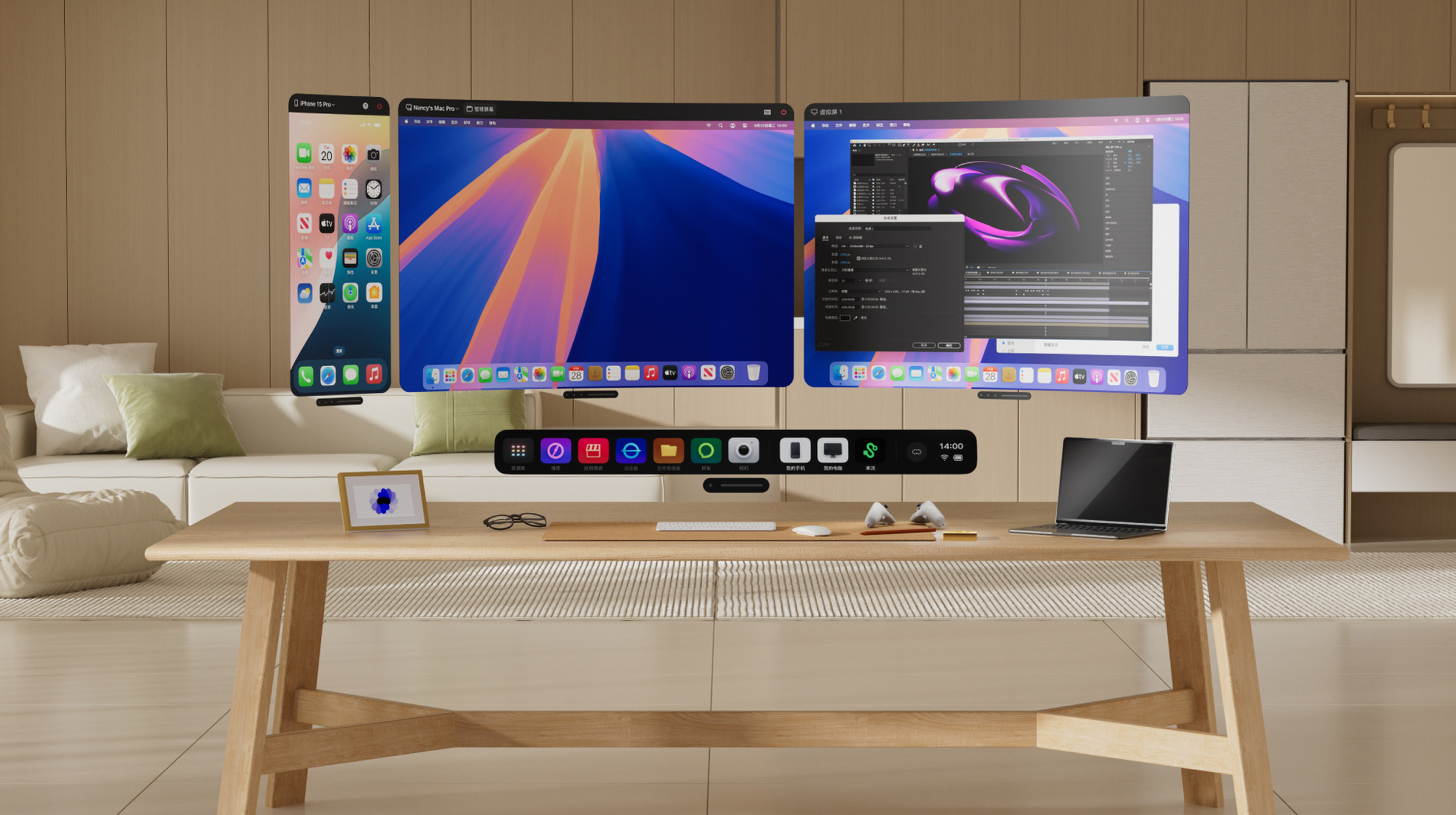
But Pico OS doesn't actually let you freely position windows in space. You can essentially only move them along the surface of an invisible 360° bubble centered on your position, meaning, you can't move any window further or closer than any other. It's unclear exactly why this is, but playing around with Pico 4 Ultra I found it hard to space out windows enough, whereas on Apple Vision Pro or Quest 3 I could rely on varying their depth.
One area where Pico is significantly ahead of Meta though is in virtual environments. While not as realistic as visionOS environments, Pico environments are leaps and bounds ahead of the low quality ones you'll find in Horizon OS, and make multitasking in VR appealing.
Held Back By Older Lenses
While Pico 4 Ultra's chipset and sensor suite are generational improvements over its predecessor, it still uses the same lenses and the same displays, just with 25% higher peak brightness.
Pico 4's pancake lenses were somewhat impressive back in 2022 when they launched. But two years later they feel outdated.
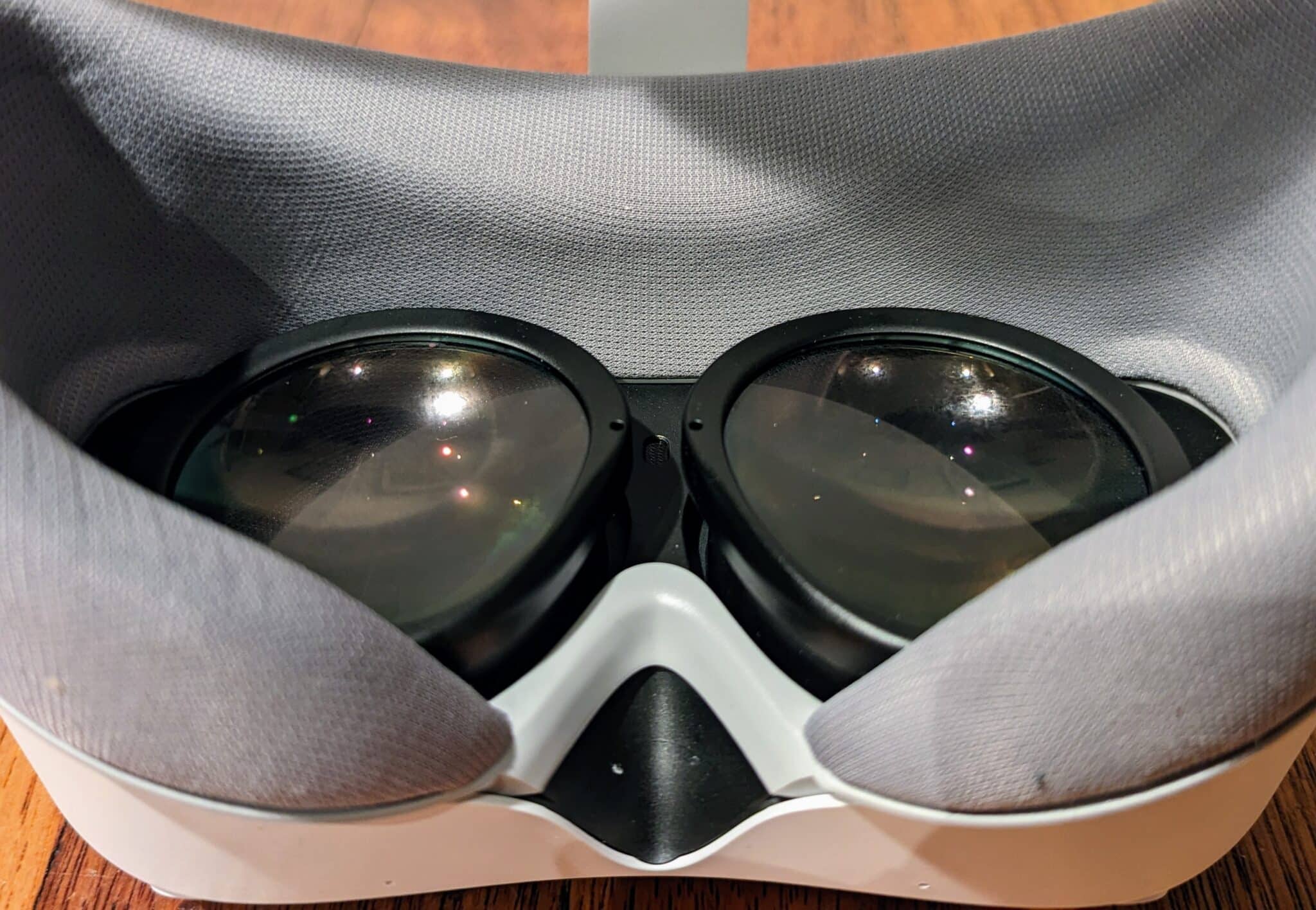
They're better than fresnel lenses, sure, but they don't come close to the sublime edge-to-edge clarity of Meta's lenses in Quest 3, and the step down is instantly noticeable.
Quest 3 also has a noticeably wider field of view, though Pico 4 Ultra's is taller. Which aspect you prefer will depend on your use case.
Pico Motion Trackers
Arguably Pico 4 Ultra's unique selling point over Quest 3 is that for just £80/€90 you can add leg tracking.
No base stations are required, and the setup couldn't be easier. Just strap the tiny little trackers to your ankles with the included straps, turn them on, and look down. The headset will track the positions of the infrared LEDs under the plastic to calibrate, and tracking will initialize.
Pico Motion Trackers will be supported in around 20 apps, including VRChat at launch and Blade & Sorcery: Nomad in future, as well as any PC VR title that supports Vive Trackers.
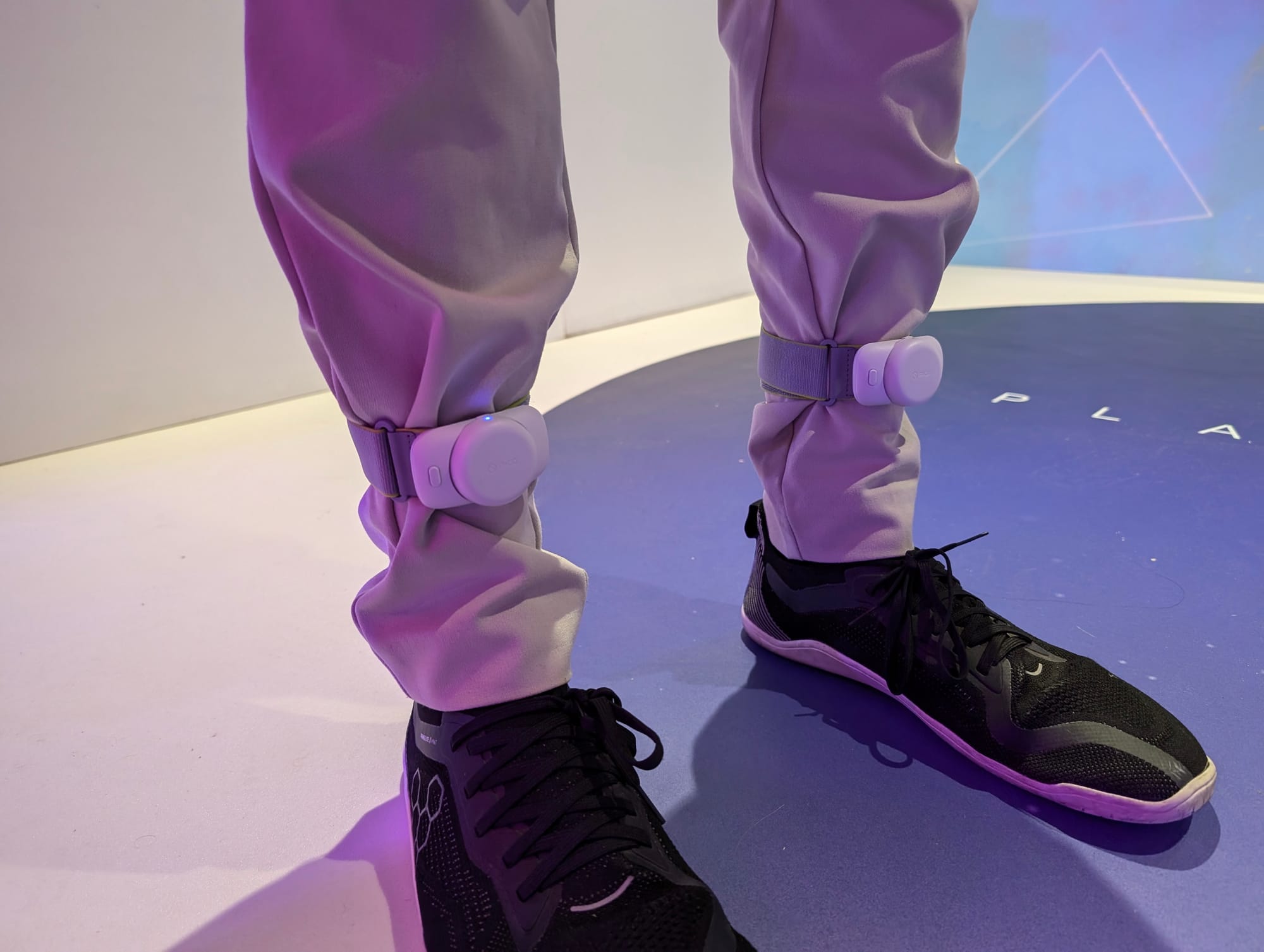
I found the tracking quality to be very impressive given the price and size. Good enough for kicking, virtual yoga, and dancing. But I need more time with the trackers to assess some of the edge cases.
Early Conclusions
I should have a Pico 4 Ultra review unit within the next few days, at which point I can spend a lot more time with the headset to tell you what it's like to use in a home environment, not a controlled demo.
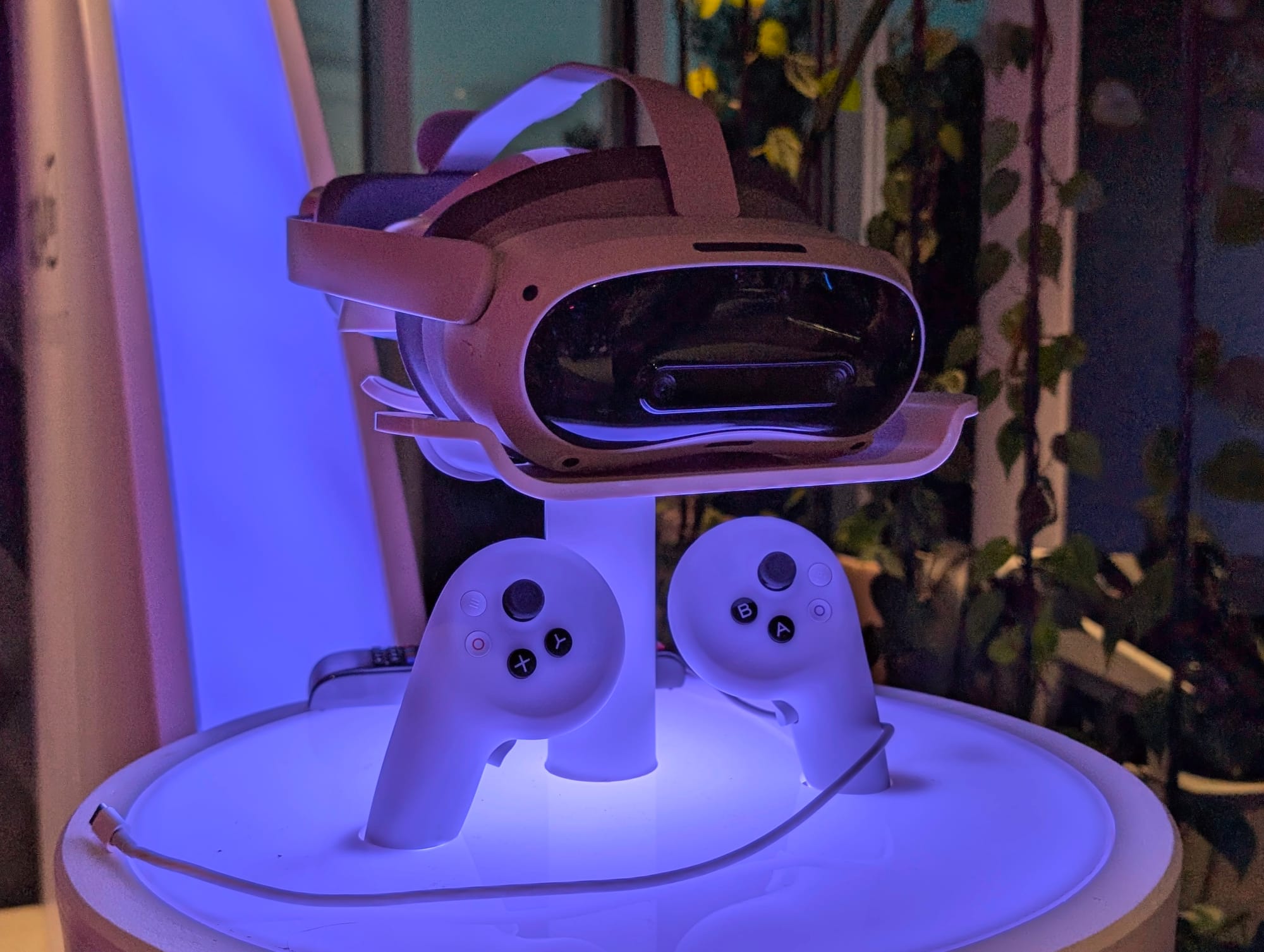
For now though, I can confidently say that Pico 4 Ultra is the first true Quest 3 competitor, with the same powerful Snapdragon XR2 Gen 2 chipset. Its passthrough is better in some ways, but worse in others. It can run more 2D apps at once, though has less freedom in how you position them. And its Pico Motion Trackers open up entirely new kinds of games and experiences thanks to leg tracking. But it's held back by outdated lenses, and ByteDance is no longer willing to aggressively subsidize hardware or fund exclusive content to truly challenge Meta in the ways that matter.

